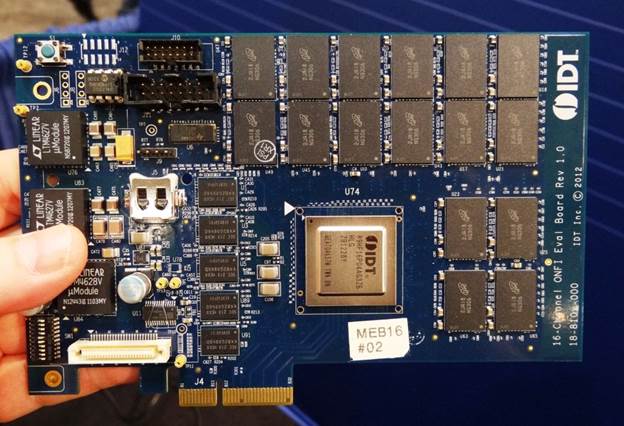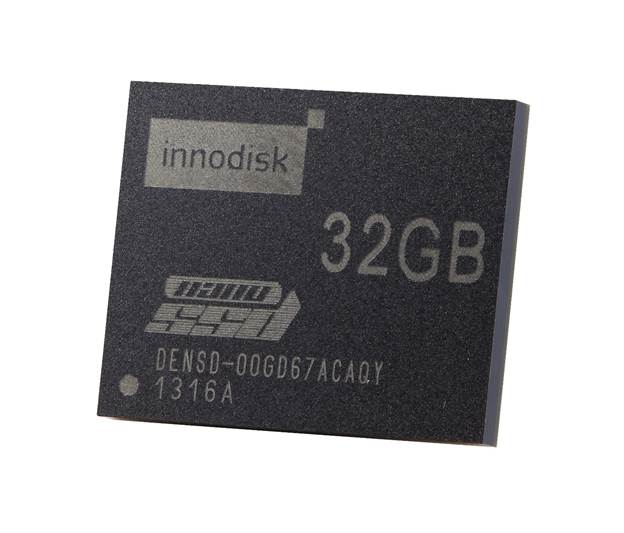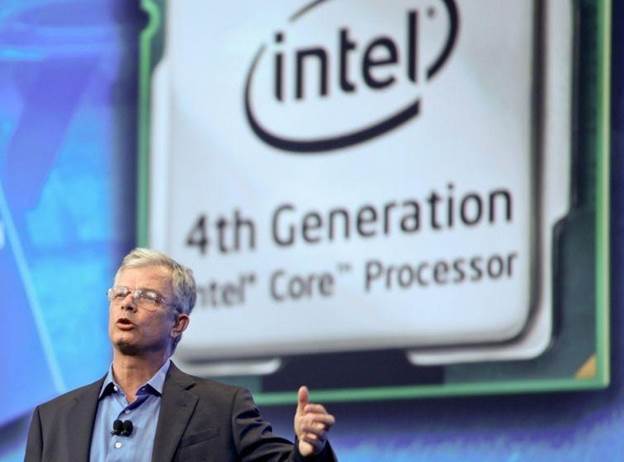The alternative software foundation that
SATA Express PCI-E devices will support is NVMe (Non-Volatile Memory Express),
which was built from the ground up to support SSDs. NVMe can handle up to
64,000 queues with 64,000 simultaneous commands each. NVMe was first proposed
in 2011, but SATA Express is the first time the technology has been implemented
and available (at least as engineering samples). As such, support for it is
significantly more limited than with AHCI.

IDT,
LSI, and Intel are members of the NVMe working group,
but more companies are sure to hop on board as the standard progresses
NVMe isn’t compatible with SATA software,
but you can visit nvmexpress page to access drivers for Windows, Linux, and
other operating systems. The LSI SandForce SF3700 controller family, which came
out late last year, supports NVMe-based devices, but none were available to
consumers for purchase at press time. At CES 2014, a Kingston HyperX prototype
with this controller (expected to support NVMe via post-launch firmware update)
can use four PCI-E 2.0 lanes to achieve up to 1,800MBps sequential read/write
speeds and 150K/81K random IOPS. NVMe-based components are slated to appear in
the second half of 2014.
SATA 3.2 Miscellanea
Typically, protocol revisions include a
number of improvements and changes, and SATA 3.2 is no exception. In addition
to SATA Express, the updated protocol also brings with it support for
microSSDs, or single-chip SATA SSDs that are ideally suited to embedded storage
applications. The Universal Storage Module, which was a part of the SATA 3.1
revision, gets a form factor revision, which shrinks the module’s thickness
from 14.5mm to 9mm, called USM Slim. This update is targeted at improving the
removable and expandable storage options for gadgets.
To bolster the protocol’s power efficiency,
SATA 3.2 includes the new DevSleep specification, which lets the storage device
conserve energy by entering a very low power state. This feature is designed to
improve battery life in Ultrabooks, as the new protocol’s Transitional Energy
Reporting feature, which provides the SATA host with granular data about the
storage device and its energy consumption to improve the efficiency of switching
between power management modes.

Innodisk
Releases World's First Industrial-Embedded SATA µSSD
With SSHDs (that is, hard drives with
integrated flash storage designed for caching) growing in popularity, SATA 3.2
contains a tweak that lets the host queue commands for the reading and writing
of log data, which improves performance of these types of storage devices.
Finally, those with a RAID array will
appreciate the new Rebuild Assist feature, which lets the SATA host identify
the corrupted data on a failed drive in the RAID array so that it can more
quickly rebuild that data on a replacement device.
When Can I Get SATA Express?
As we went to press, SATA Express was
nowhere to be found on Intel’s or AMD’s chipset roadmaps. That doesn’t mean
that the protocol won’t make the chipset varsity team eventually; it just won’t
be happening in the immediate future, namely in Intel’s Haswell-E revamp
scheduled to land later this year.

The
next generation Intel Haswell-E series
We don’t have a specific time frame for
SATA Express, but there are a lot of stars that have to align first.
Motherboard makers like ASUS and GIGABYTE have to begin selling retail boards
that support the standard; SATA Express controllers have to become available,
likely starting with LSI Sandforce, which may be holding out until NVMe
read/write performance (and, likely, OS-level driver support for NVMe) is good
enough to be a compelling alternative to AHCI-based devices; and finally, major
SSD manufacturers need to put those controllers to use by making SATA Express
PCI-E SSDs available for purchase. Arguably, all of these could happen in a
relatively short amount of time, or it could take significantly longer than
anyone expects. Our money’s on sooner rather than later.